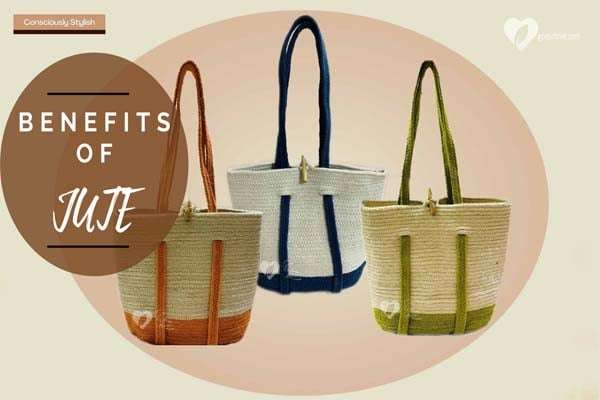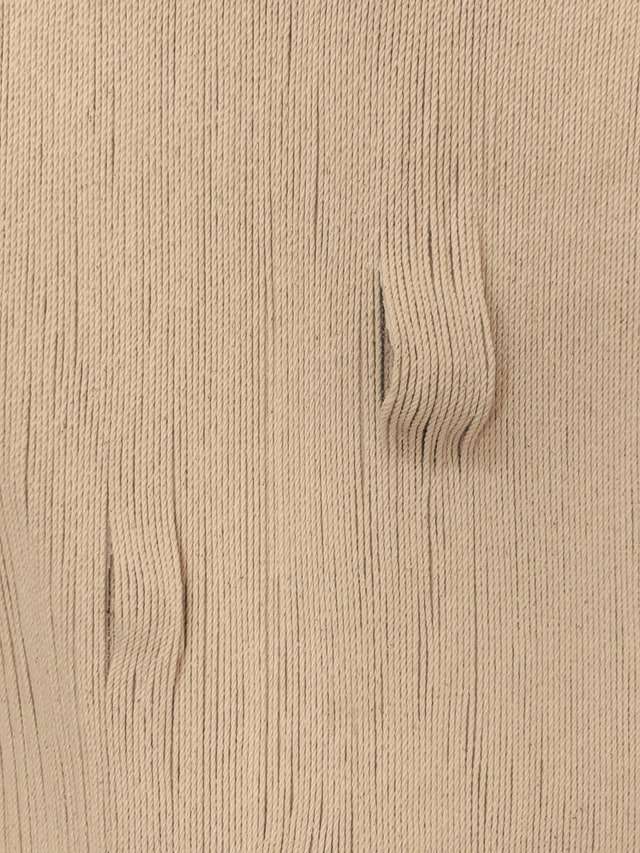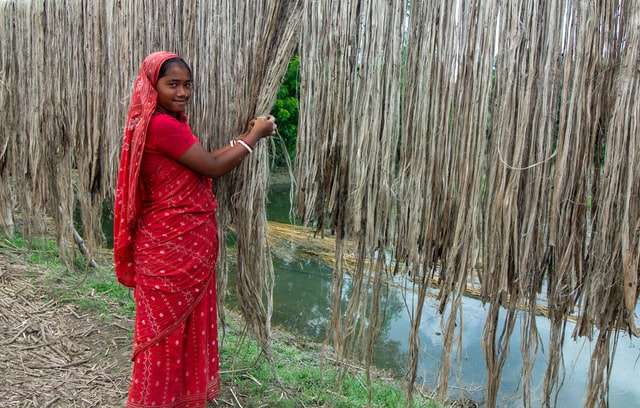HAVE YOU EVER WONDERED WHAT JUTE REALLY IS?

Jute is a natural vegetable fiber produced from the Jute plant’s outer stem and skin. Thanks to its glossy golden color, Jute is also known as ‘the golden fiber’ because of its appearance, durability and wide range of applications.
The majority of the Jute produced worldwide comes from the Bengal Delta Plain. In order to grow, Jute plants need a lot of water, so the high humidity and monsoon climate found here are perfect for the plant to be successfully grown.
In fact, Jute is so dependent on standing water that it needs up to 8 cm of rainfall per week (about 4x as much as the UK) to achieve optimum growth.
The plants Corchorus olitorius and Corchorus capsularis are used to obtain Jute. These plants are native to the subcontinent of India and are cultivated throughout the year. The Jute fibres are predominantly concentrated near the woody, central parts of the stalk. They are composed of lignin and cellulose. There are two kinds of jute developed today: White Jute and Brown Jute, which is stronger, softer, and smoother.
JUTE’S HISTORY
Historical records dating to the time of India’s Mughal rule state that the villagers used to wear Jute clothes. Jute, among other natural materials, was used by the Chinese for making paper. In Dunhuang, in Gansu Province, in northwest China, a small piece of jute paper with Chinese characters on it was found. It is believed it was made during the Han Dynasty.
HOW IS JUTE MADE
A warm and humid climate, plenty of rainfall, and well-drained, loamy soils are needed for Jute cultivation. The interesting thing about Jute growing is that fertilizers and pesticides are barely needed.
They are subjected to ‘retting’ after the stems are harvested from the plant, whereby they are submerged for 10 to 30 days in slow running water to allow bacteria to dissolve the gum. After this, in a method called ‘stripping’ the non-fibrous matter of jute is scraped off, and then the fibers are separated by beating with a paddle the stem. The separated fibers are then washed, dried, graded and sent to the jute mills to be further processed for the production of jute yarn. The yarn is then used for the various jute products to be made.
WHAT IS JUTE USED FOR?
Jute is a wonderfully versatile plant fibre. These fibres are spun into Jute yarn, which can be used in clothes, upholstery and soft furniture, different kinds of packaging and geotextiles (for landscape reinforcement, landfill covering). And of course, the wonderful products which Go Eco Love offer in their online shop!
WHAT IS GOECOLOVE?
Go Eco Love is a wonderful team of people who passionately believe that we can all make a difference in protecting our beautiful world. They believe that the beautiful ecosystem in which we live should be nurtured and preserved. They aim to achieve this through educating and empowering people to make the right choices. Their products make a positive impact on our precious ecosystem. After all, this is what Eco Friendly really means, creating products from natural resources. Their products are organic, herbal, non-toxic, handmade, and curated and manufactured to ISO and GMP standards.
Go Eco Love are specialists in organic, herbal skincare, Jute handbags and Clutch Bags, sourcing their products very carefully, making sure they are safe and high quality. They believe that the beautiful ecosystem must be nurtured and preserved.

WHY IS JUTE BEING CONSIDERED TO BE ECO-FRIENDLY?
- The fiber is biodegradable
- The fiber is recyclable
- Jute bags are hard-wearing and can be used over and over again
- Jute can be grown without using pesticides or fertilizer

